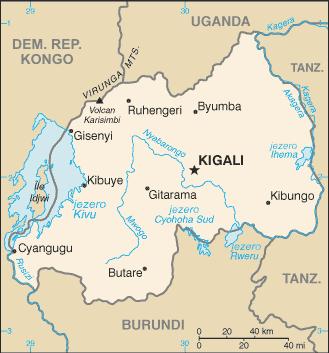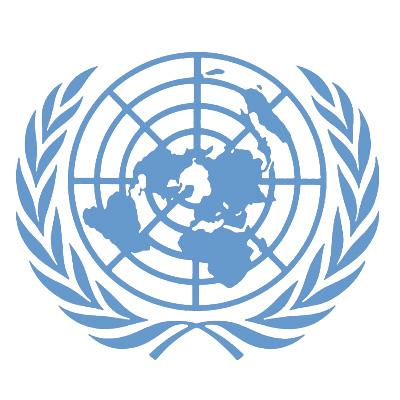
Reform of the EU Common Situation Center
The most important EU institution dealing with intelligence, which is closest in its operation to the imaginary EU Intelligence Service, is the Joint Situation Center (SitCen). With the establishment of the European External Action Service (EEAS) on 1 December 2010, there was a relatively fundamental institutional and functional reform of the EU's external action, which also significantly affected SitCen. This work aims to describe and analyze the implications of this reform for SitCen and for intelligence cooperation within the EU as such.



